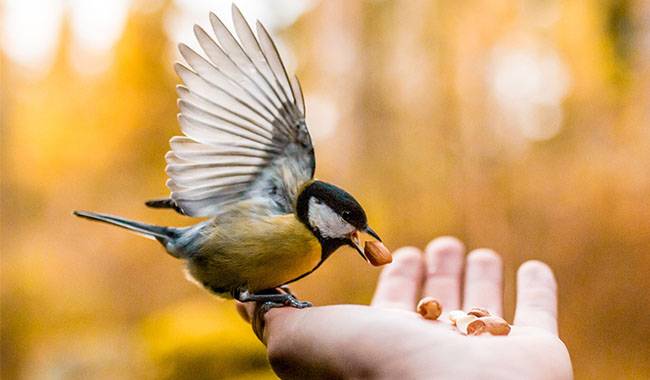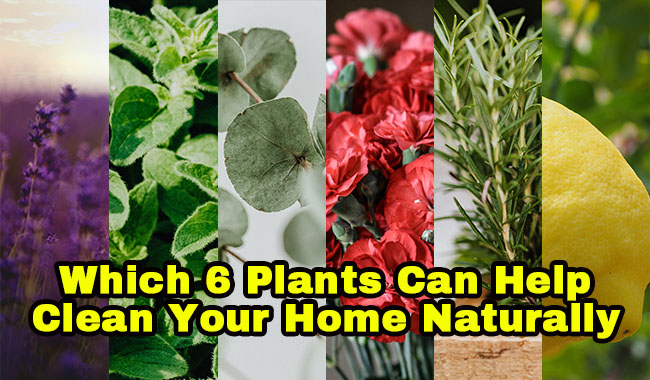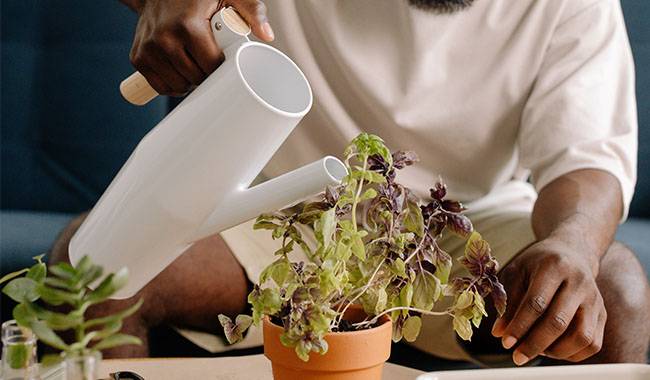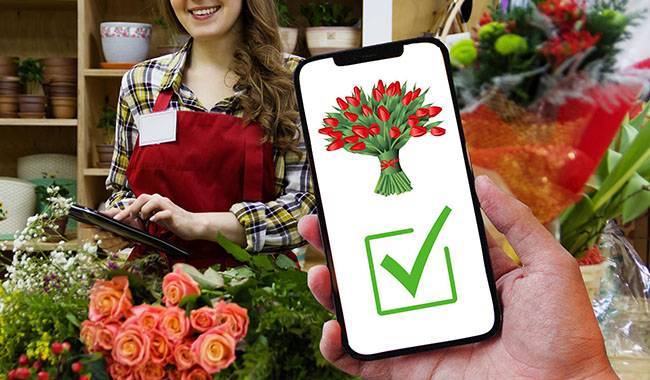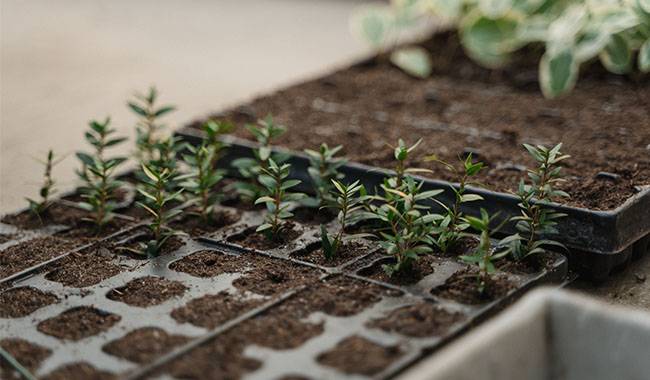
You’ve been waiting for a month and the seeds haven’t germinated and you just don’t know what went wrong? In order not to ruin the entire planting, we recommend that you use ThumbGarden’s proven 6 methods to help you germination methods.
How long does it take for seeds to germinate? If the wait for seedlings to emerge has been longer than a week and is obviously dragging on, and you’re starting to think that all the seeds have gone bad or are inconvenient for you, don’t panic. It is possible for seeds to be dormant and not germinate for a number of reasons, but a typical reason is that you are not providing the seeds with the right conditions to germinate. There are many variables that can play a role in the seed germination process and, in turn, many things that can go wrong. Therefore, understanding the important factors that affect the process can help ensure the success of your seedling marathon. But to avoid racking your brain every time, try simply preparing the seeds for sowing ahead of time.
FYI. How long does it take for seeds to germinate? Pepper, eggplant, fennel, and celery seeds germinate the slowest – in 5-7 days. Tomatoes, beets, mustard, zucchini, and onions, for example, take about 3 days to germinate.
What Factors Affect Seed Germination
Whether you use seeds bought from a collector or from a garden center, germination depends primarily on environmental conditions: light, heat, and moisture.
A. Light
Not all seeds have the same requirements for light. Most seeds germinate best in the dark and can even be suppressed by light. Some other seeds require light to germinate: begonias, geraniums, petunias, poppies, and chrysanthemums. Manufacturers usually specify whether seeds should be sown deep or left on the surface. But once the seeds germinate and break through the soil surface, all seedlings need sunlight to grow.
B. Moisture, heat
Seeds remain dormant under their protective mulch until the combination of heat, water, and lack of light mixes into the necessary cocktail. If your seeds haven’t germinated yet, now is the time to mimic nature by replicating these processes.
6 Simple Ways to Improve and Speed Up the Germination of All Types of Seeds
1. Break the integrity of too thick shells: Scratch
Let’s start with a simple and straightforward method, -. In the case of large seeds or seeds with very hard shells (e.g. bean seeds), it does not hurt to have a little damage to the integrity of the shell. Hard-shelled seeds are best rubbed slightly on sandpaper.
Use a wide nail file, a piece of sandpaper, a knife, or a razor blade to cut the outside of the seeds. Gently scrape or cut off part of the shell. Be very careful not to cut too deeply or you will damage the germ. One method is to place the seeds on sandpaper in a small container and shake the container. Whichever method you use, the goal is to remove enough of the skin so that water can soak into the skin and germinate the seeds. This method will help you see the germination of goldenrod, walnuts, radishes, beans, and castor faster.
2. Simulating winter: layering
For tiny seeds, perennials, or seeds of trees and shrubs, the stratification method is best used. This process takes longer but simulates the freeze-thaw cycle of winter. Place the seeds in a growing medium such as perlite or coconut, moisten them with water (just enough to keep the medium moist), and seal them in a small ziplock bag. Place this bag in the refrigerator (not the freezer) and leave it for two weeks. Check the seeds periodically to make sure the substrate has not dried out, and then place the bag in a cool place for a week. Repeat this cycle for about two months before sowing. You definitely want to start using this method before sowing, as it takes a long time to prepare the seeds. Without stratification, it will be difficult to obtain friendly sprouts in gentian, standing chrysanthemum, ginkgo, grass, primrose, rose, and hawthorn.
3. Advance wetting and germination
You can also soak the seeds beforehand. Soaking seeds is the easiest way to induce germination and is great for large, hard, and wrinkled seeds. Place a moistened cotton pad in a Petri dish, place the seeds on top and cover with a lid. The nice thing about the bowl is that it doesn’t need ventilation; it’s already micro-ventilated, which means the seeds won’t rot as much as they would in the soil. Well, those who like -, gauze, cotton wool, rolls, and snails can only sympathize – for the sake of the unknown they must make a fuss.
For some seeds, soaking can be used as an alternative to scarification, especially if you are concerned about not damaging the germ. Soaking will soften the husk enough to soak the seeds and start the germination process. Store-bought seeds are usually too dry and it takes time for the water to soak the dry shells. Seeds you take from your own plants are not treated and the soaking process may take less time.
Moistening works well for seeds of herbs that have essential oils in their shells. Anise, dill, lavender, and many umbrella crops require pre-soaking.
4. Check stored seeds for germination
Seeds purchased within a year of sowing rarely do not germinate. However, seeds are often stored year after year and if stored improperly or for too long, they lose their germination ability and germinate poorly when sown. A simple germination test can show if stored seeds are viable. To test the germination rate of seeds, count out a sample of at least twenty-five seeds. Gently wrap the seeds in a damp paper towel, keeping the paper towel moist but not wet, for five to ten days. Unfold the paper towel and count how many seeds have germinated. If less than 85-90% of the seeds have germinated, it is best to discard the remaining seeds and purchase new ones.
The package date and expiration date should always be written on the seed package
5. Change the source of seeds
If your seeds are not germinating, even with the advice above, it is possible that the seeds themselves are not successful. If the seeds have not been stored properly, they may not germinate at all. If the seeds were stored in a very cold place, they may take some time to “wake up”. But if you stored them correctly, they may be faulty.
On the other hand, if seeds from several sources are not germinating, you may be using a substrate that is too moist, or the room temperature is below 77 °F (25 °C), in which case you may need to heat the soil with something.
6. Use germination enhancers
Soak your seeds in a stimulant, no matter where your seeds come from, and you can improve their germination rate by using an additional stimulant.
Natural plant growth stimulants.
Aloe vera juice
Succinic acid
Hydrogen peroxide solution
A solution of honey




